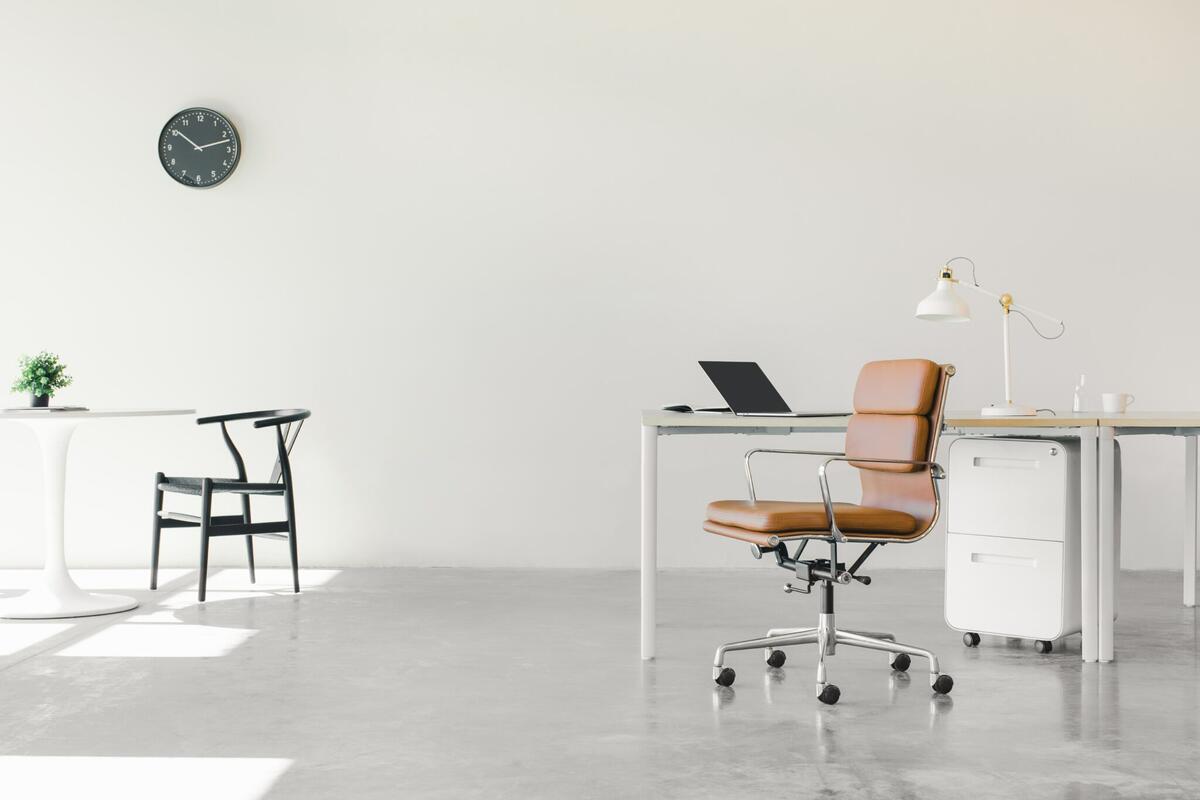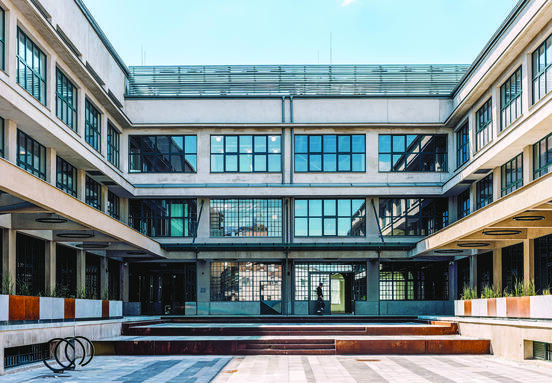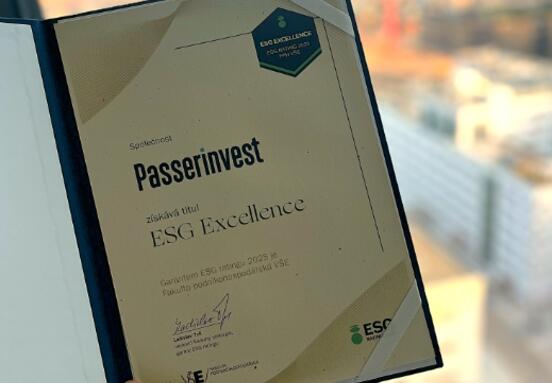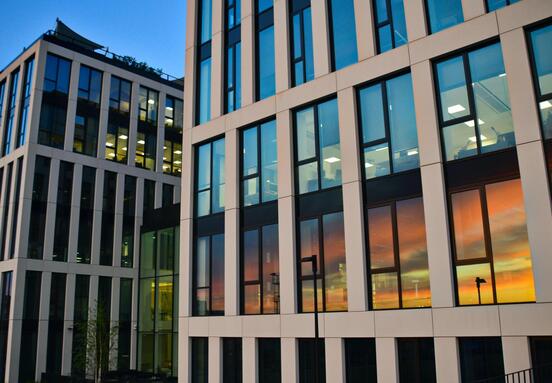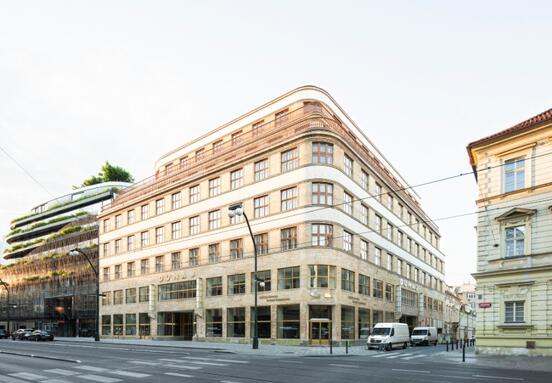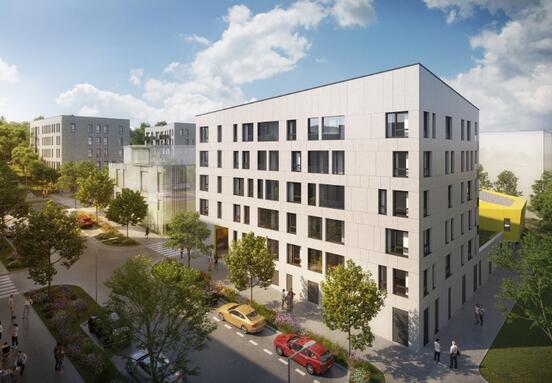There are many questions: at home or in the company? Part-time work or a shorter working week? Going back to the traditional system? Of course, everything has implications for office development - in this field, however, planning, like everywhere else, is complicated by other problems: pandemics, inflationary pressures, the energy crisis and the war in Ukraine.
CBRE recently conducted a survey of almost 200 companies from the EMEA region (Europe, Middle East and Africa), including the Czech Republic, in which it maps current attitudes to various variants of working models. The results show a clear inclination towards the trend of a hybrid form of work, where respondents consider at least 50% of the working week spent in the office to be an ideal situation.
Finding the optimal system
According to the survey, 68% of companies expect people to return to regular office work in the second half of the year, with almost a quarter of them already doing so. Naturally, however, there are significant differences across sectors: almost 80% of financial companies aim for a stable presence in the workplace by the end of the semester, while more than a third of technology and IT companies allow the process to move at their own pace without anyone would give a precise time frame.
"Employers are trying to motivate their employees to gradually return to the offices. However, most of them, around 70%, do not insist on returning immediately and for the entire working time. A total of 35% of companies require part-time attendance at the workplace and the same amount leaves the choice of scheme to the discretion of their employees. Only 6% of companies then require employees to return to the office permanently, "comments Simon Orr from CBRE. It is worth mentioning the report that has just taken place in the media - Elon Musk allegedly insists on a "return" to at least 40 hours a week in the offices.
A clear majority of companies (72%) are moving towards a "hybrid work" model, in which employees have a choice but in line with internal guidelines. This is significantly more than last year (at that time it was 55%).
"The situation seems clear at first glance. For many companies, however, it is still a test of how such an office will be effective. Although the hybrid model of work is not a new trend in principle, it has never been introduced as widely as it is today. And each company treated him a little differently. Over half of the respondents chose the path of formal politics and clearly define their rules. However, the rest leaves the decision on the share of work in offices and at home either to individual employees or, with the adoption of clearly defined rules, waiting for them to see how their people will behave on their own. The current settings of the working model may not be permanent for individual companies and may change over time, ”adds Simon Orr.
Theory and practice
Another issue discussed by employers is how the hybrid model should work in practice. How much autonomy can employees be left free from corporate identity and operational needs? A total of 51% of companies consider it ideal for the ratio of work from home to office to be roughly the same. Most of the time spent at the workplace is preferred by 38% of respondents, which is a significant decrease compared to last year, when it was 50%; however, it is still a significant proportion. "Home office" as the dominant form of work remains unpopular among respondents - it is preferred by only 12% of companies. At the same time, however, many companies are experimenting with reducing weekly working hours to four days - according to some opinions, more time for rest increases work efficiency and productivity, so it is not known to reduce working hours by a fifth.
Quite an irreversible fact is the general trend towards a flexible layout of office space. A clear majority (89%) of respondents to CBRE's analysis assume that within two years, at least part of their portfolio across Europe will be serviced offices or coworking centers instead of traditional offices. More than three quarters of companies (77%) already operate in this way, but they are usually more units of a percentage of the total area (63%). However, a total of 45% of respondents plan to reach up to 25% by 2024.
How is the Prague market reacting?
The changes described above and the current economic situation are, of course, reflected in our market conditions, ie in demand and, consequently, in construction. As for Prague, the Czech Republic's largest office market, demand is rising again after two coronavirus years. At the end of the first quarter, demand in Prague increased by 44% year-on-year and by 29% quarter-on-quarter. According to a recent study by the consulting company JLL, the trend corresponding to changes in the system of administrative work is becoming flexible workplaces and at the same time reducing the size of the floor area by 15 - 20%.
According to the consulting company Prochazka & Partners, the demand for offices in the first quarter is 55% higher than the ten-year average. "Part of the growth is due to the deferred demand from the previous two years, when companies stopped or slowed down decision-making processes and waited for the situation to develop. After a certain phase of uncertainty, companies see that offices will certainly not disappear, as some predicted at the time of the covid, "says Radek Procházka from Prochazka & Partners.
How many meters are needed?
Despite the fact that rental activity recorded record increases, the vacancy rate of Prague offices remains at around 8%, according to the analysis. "It is possible that among tenants, the tendency to make offices more efficient, associated with a reduction in the area above the appetite of newcomers and existing expanding companies, prevails," explains Petr Kareš from JLL.
The reduction in rented floor space is the result of work "from anywhere", which was triggered by a large-scale pandemic. "The concept of a permanent job for every employee is disappearing," notes R. Procházka. He adds: does not change. "
The number of projects with flexible offices is also growing. "Construction is gradually expanding not only in Prague, but also in the surrounding regions. At least 12,000 square meters of flexible office space should be completed in two years' time, ”forecasts Silvie Dudychová from JLL. Development no longer puts part of the capacity of new buildings on the market, but sets up its own coworking centers in them, such as Passerinvest in the Brumlovka project or CTP in the Vlněn complex in Brno.
The JLL study estimates that 76,700 square meters of new office space should be completed in Prague this year. This lags far behind the production of previous years - it is clear that even far from ending thoughts about the future of offices also affect the intensity of construction.
